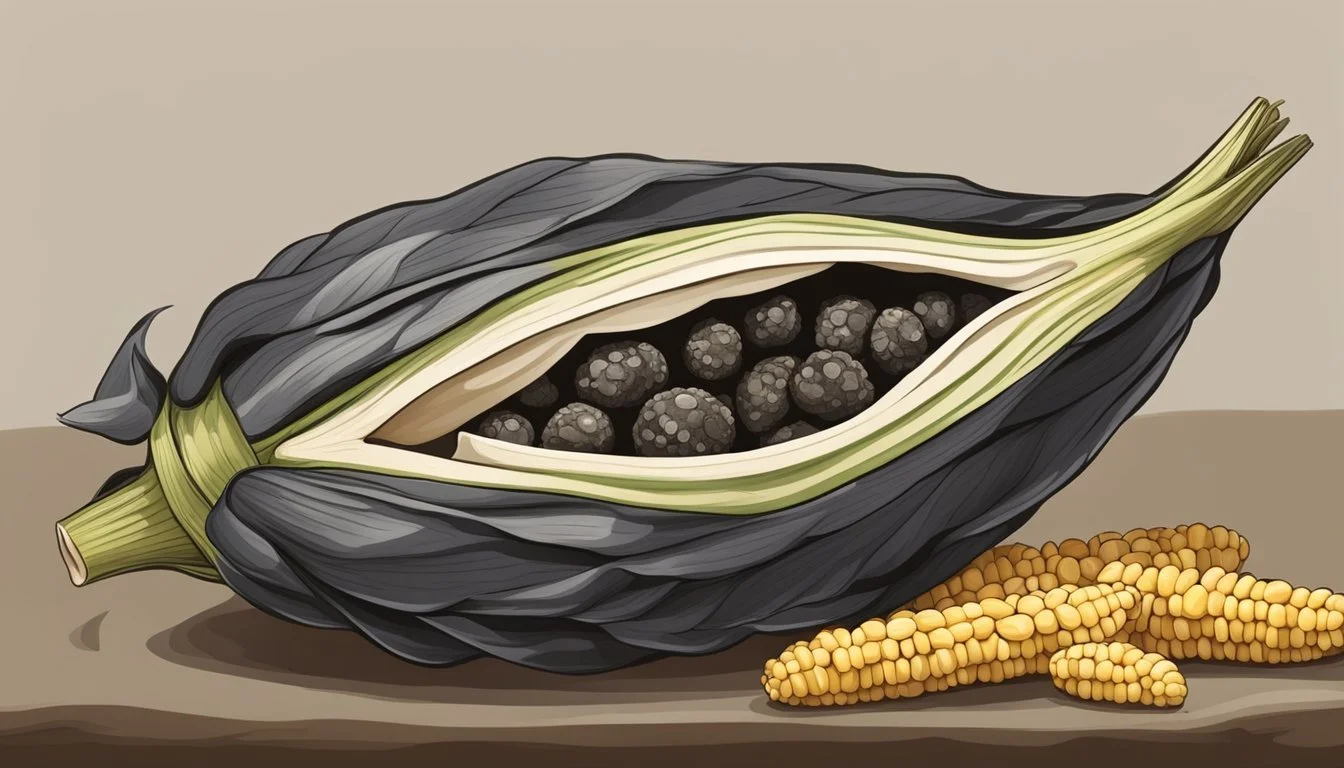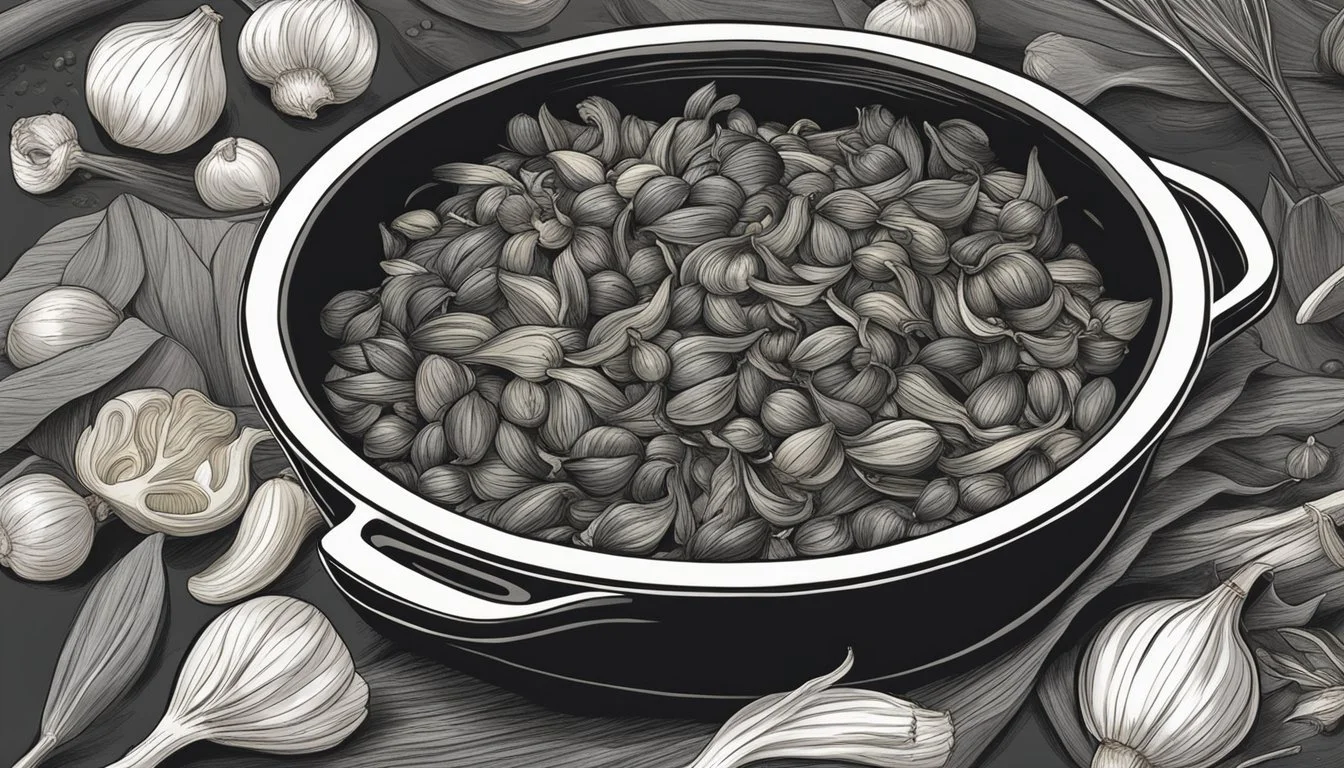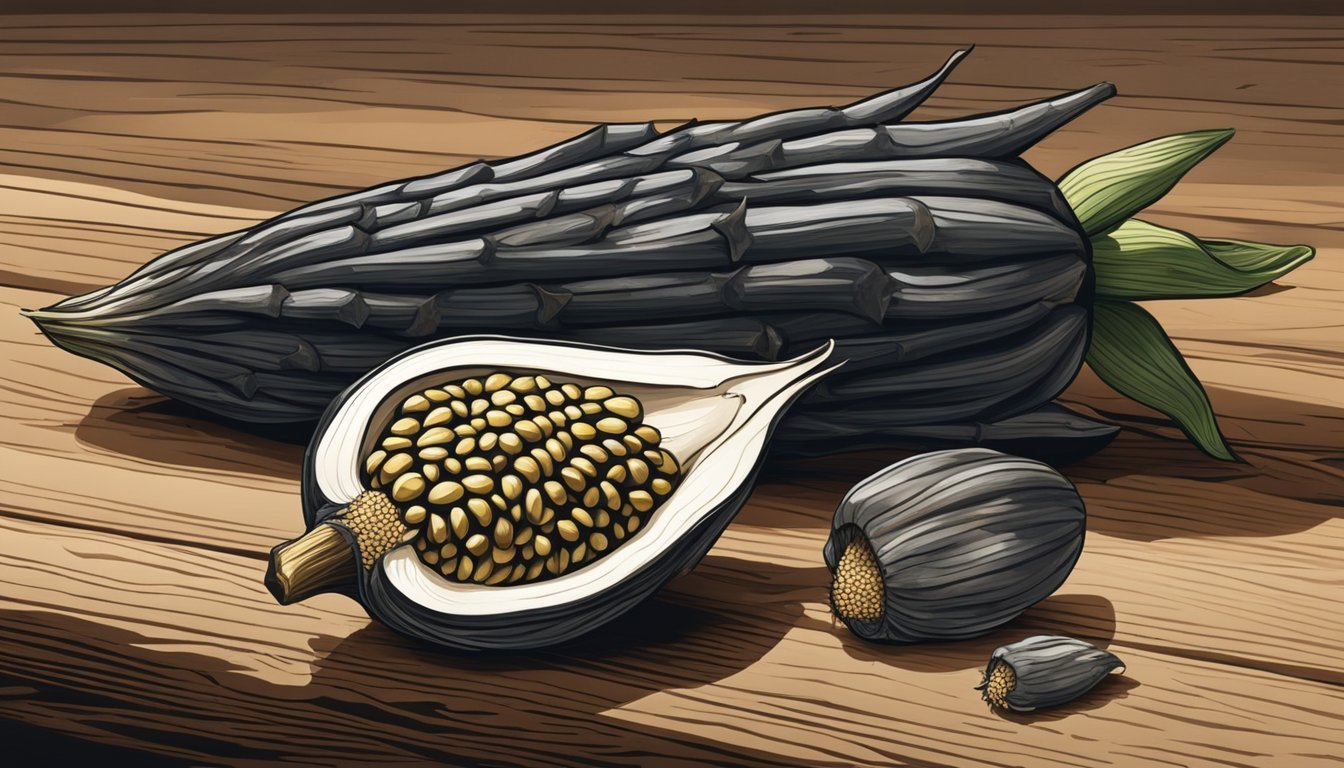How do you eat a Huitlacoche?
A Guide to Enjoying This Delicacy
Huitlacoche, a fungus that thrives on ears of corn, transforms an ordinary grain into a unique element of Mexican cuisine. When the bluish-gray spores envelop corn kernels, they create a texture and flavor that chefs and gourmands around the world treasure. In the culinary landscape, huitlacoche has earned its place as a Mexican delicacy due to its earthy and smoky taste that can add depth to various dishes.
Many authentic Mexican recipes celebrate huitlacoche for its versatility. It is commonly sautéed with aromatics like onions, garlic, and chili peppers and then used to fill quesadillas and tamales, infusing them with its distinctive flavor. The culinary applications of this ingredient extend beyond savory realms, as it can also be utilized in salads, stews, soups, and even as a base ingredient in creative desserts.
Appreciated for its unique flavor profile and nutritional value, huitlacoche is not just a byproduct of corn but a reflection of Mexican gastronomy's ingenuity in utilizing local ingredients. Its use in dishes is a testament to a culinary tradition that embraces and elevates even the most unassuming elements into something notable and sought after.
What Is Huitlacoche?
Huitlacoche is a unique delicacy deeply rooted in Mexican cuisine, recognized for its earthy flavor and association with traditional dishes. This culinary ingredient is often regarded with the same esteem as some fine mushrooms, despite its origin as a plant disease.
Historical Significance
The Aztecs and other indigenous tribes in Mexico held huitlacoche in high regard, calling it cuitlacoche in Nahuatl, implying a connection with the Gods. Its use in Mexican cooking dates back centuries, signifying its importance in cultural and culinary history.
Biological Nature
Scientifically termed Ustilago maydis, huitlacoche is a plant disease that infects corn, forming grayish galls full of spores. These galls are sometimes referred to as corn smut or Mexican truffle due to their mushroom-like traits, despite being a fungus that disrupts normal corn kernel growth.
Culinary Uses
In the culinary sphere, huitlacoche transforms an otherwise undesirable blight into a prized ingredient. It is known for imparting a smoky and savory taste to various dishes such as quesadillas, tacos, tamales, and sauces. The preparation methods can range from simple sautéing to incorporation as a key ingredient in complex recipes.
Health and Nutritional Benefits
Huitlacoche, with its exceptional nutritional profile, presents itself as a beneficial addition to the diet. It is a source of essential amino acids and minerals, and boasts a higher protein content than regular corn.
Protein and Amino Acids
Huitlacoche is rich in protein content and amino acids, including significant amounts of lysine, an essential amino acid that is commonly lacking in grains. Lysine is important for proper growth and plays a vital role in the production of carnitine, a nutrient responsible for converting fatty acids into energy and helping lower cholesterol.
Dietary Fiber and Minerals
The dietary fiber in huitlacoche is not only beneficial for digestive health but also contributes to the feeling of fullness, potentially aiding in weight management. It is also an excellent source of minerals like iron, which is crucial for blood health, and zinc, which is important for immune function and healing.
Culinary Preparation of Huitlacoche
When incorporating huitlacoche into culinary dishes, it is essential to follow proper preparation steps, understanding that this ingredient often imparts an earthy, mushroom-like flavor to recipes. Whether fresh or canned, huitlacoche adds a unique dimension to a variety of dishes.
Cleaning and Preparation
Fresh huitlacoche must be carefully cleaned before use. It should be rinsed thoroughly under cold water to remove any dirt or debris. If the huitlacoche comes from a can, it is ready to use immediately but should still be checked for any remnants of the canning liquid or unwanted particles.
Fresh Huitlacoche: Rinse under cold water, remove any leaves or silk from the corn kernels.
Canned Huitlacoche: Drain the excess liquid and ensure cleanliness.
Cooking Techniques
The manner in which huitlacoche is cooked can significantly affect its texture and taste. It can be enjoyed raw or cooked, but sautéeing is a common method that enhances its flavor profile, giving it a more robust earthy and mushroom-like essence.
Raw: Huitlacoche can be sliced and added to salads for a fresh, earthy touch.
Sauté: Heat oil in a pan and sauté the huitlacoche to bring out a smoky flavor. This technique is often used for making huitlacoche quesadillas.
Stews and Soups: Due to its robust flavor, huitlacoche can be used as an ingredient in stews and soups, adding depth and an umami quality to the dish.
When cooked, huitlacoche develops a soft texture, blending well with other ingredients like cheese and meats, which is not only traditional but highly favored in Mexican cuisine.
Huitlacoche in Mexican Cuisine
Huitlacoche, also known as corn smut, plays a unique and lauded role in Mexican cuisine, transforming dishes with its earthy and smoky flavors. (What wine goes well with smoky flavors?) It is utilized in a variety of ways, often complementing ingredients like cheese and chorizo.
Popular Mexican Dishes with Huitlacoche
Quesadillas: A staple in Mexican cuisine, quesadillas made with huitlacoche offer a rich, umami flavor. The fungus is typically sautéed and spread on corn tortillas alongside cheese, then folded and grilled until the cheese is perfectly melted.
Tamales: These are another beloved dish where huitlacoche is used as a filling. Mixed with a dough made of masa and often combined with peppers or additional spices, the huitlacoche adds depth to the tamales, which are then wrapped in corn husks and steamed.
Tacos: Huitlacoche can be used as a filling for tacos, often paired with ingredients like oaxaca cheese and sautéed peppers, enveloped in a soft or crispy corn tortilla.
Regional Varieties and Ingredients
In Central Mexico, huitlacoche is a common ingredient, and its use varies by locale and traditional recipes:
Oaxaca: This region often incorporates huitlacoche into stews and soups, utilizing its flavor to enhance the dish's complexity. Oaxaca cheese, a stringy and mild cheese, frequently accompanies the fungus in various preparations.
Central Mexico: Here, huitlacoche is cooked with a mixture of local herbs and peppers, adding a characteristic heat and flavor profile to dishes.
In both cases, the culinary world recognizes huitlacoche as a versatile ingredient that elevates traditional Mexican dishes to new culinary heights.
Availability and Selection
Huitlacoche, a delicacy celebrated in Mexican cuisine, thrives in specific growing conditions and can be found in various forms for culinary use. Consumers can enjoy it fresh, canned, or frozen, depending on its seasonality and availability.
Optimal Season and Climate
Huitlacoche is best harvested during the corn season, particularly in the rainy months when temperature and humidity levels encourage the fungus to develop on maize plants. This condition, while often seen as a disease, produces the edible spores known for their distinct, earthy flavor. Farmers in regions with the right climate, including many parts of Mexico and some American farmers, carefully cultivate huitlacoche during its peak season.
Buying Fresh, Canned, or Frozen
Fresh Huitlacoche: It is advisable to purchase fresh huitlacoche when it is in season, looking for plump kernels with a dark color. The texture should be soft and spreadable. Keep in mind fresh availability may be limited depending on regional seasonality.
Canned Huitlacoche: For those out of season or away from corn-producing areas, canned huitlacoche is a convenient option. It still retains the earthy flavors, (What wine goes well with earthy flavors?) although the texture can differ from fresh.
Frozen Huitlacoche: Freezing preserves the fungus while maintaining much of its flavor and texture. This option allows those who enjoy cooking with huitlacoche to employ it in their dishes year-round, irrespective of seasonality.
Innovations and Trends in Huitlacoche Cuisine
Huitlacoche, boasting unique nutritional qualities and an earthy flavor, has been transformed into a culinary delicacy by contemporary chefs. Its striking appearance, akin to truffle, inspires innovative dishes that highlight its rich and savory character.
Contemporary Chefs and Restaurants
Josefina Howard, the pioneer behind the renowned Rosa Mexicano, introduced huitlacoche to the New York dining scene. The restaurant's success, marked by an appearance at the James Beard House, signifies the acceptance of this ingredient in high-cuisine. Restaurants across the globe have since followed suit, creating a trend that showcases the adaptability and rich flavor profile of huitlacoche. These establishments incorporate the fungus into traditional and modern dishes, elevating it from its rustic roots to gourmet status.
Fusion and New Recipes
In the realm of culinary innovation, chefs are experimenting with huitlacoche in fusion dishes that blend cultural flavors.
Recipes: Contemporary recipes now feature huitlacoche in various forms:
Salsas, where it imparts a deep, smoky flavor
Succotash variations, adding complexity to the traditional dish
Stand-alone side dishes that focus on its unique taste and texture
Chefs are crafting new experiences by pairing huitlacoche with ingredients from other culinary traditions, ensuring that its savory essence complements the dish. Huitlacoche's nutritional profile, which includes a high amount of lysine and protein compared to regular corn, is often highlighted in health-conscious recipes, thereby appealing to nutritious diet trends.
Huitlacoche Beyond the Kitchen
Huitlacoche, a corn fungus, extends its influence beyond culinary applications, permeating cultural beliefs and agricultural economics.
Symbolism and Cultural Relevance
To various Indigenous groups such as the Hopi and Zuni, huitlacoche has carried ceremonial significance. The Nahuatl people, who named it cuitlacoche, found value in its rarity and unique life cycle, often associating it with transformation and balance within nature. The symbolic nature of this fungal disease reflects deep-rooted connections to agriculture and the life-giving corn, which stand at the heart of many traditional ceremonies and myths.
Economic Impact on Agriculture
For farmers, huitlacoche represents a paradox; it is both an infection that decreases the value of their corn crop and a delicacy that can potentially increase their earnings. Organic corn producers, in particular, may find themselves negotiating with the dichotomy of the smut:
Infection Costs: Reduced yield and compromised quality of affected corn.
Organic Market Niche: Specialized demand can command higher prices for huitlacoche-infected corn.
Huitlacoche challenges conventional agricultural practices, compelling farmers to consider how altering their approach to this fungus could impact their crop value economically.





